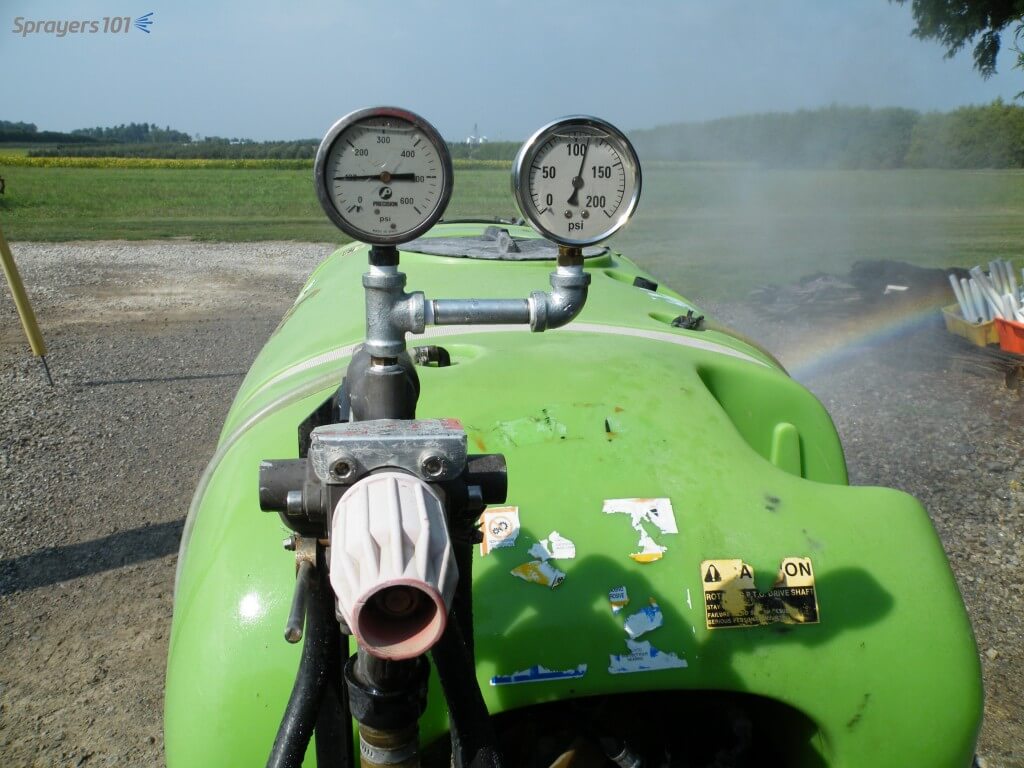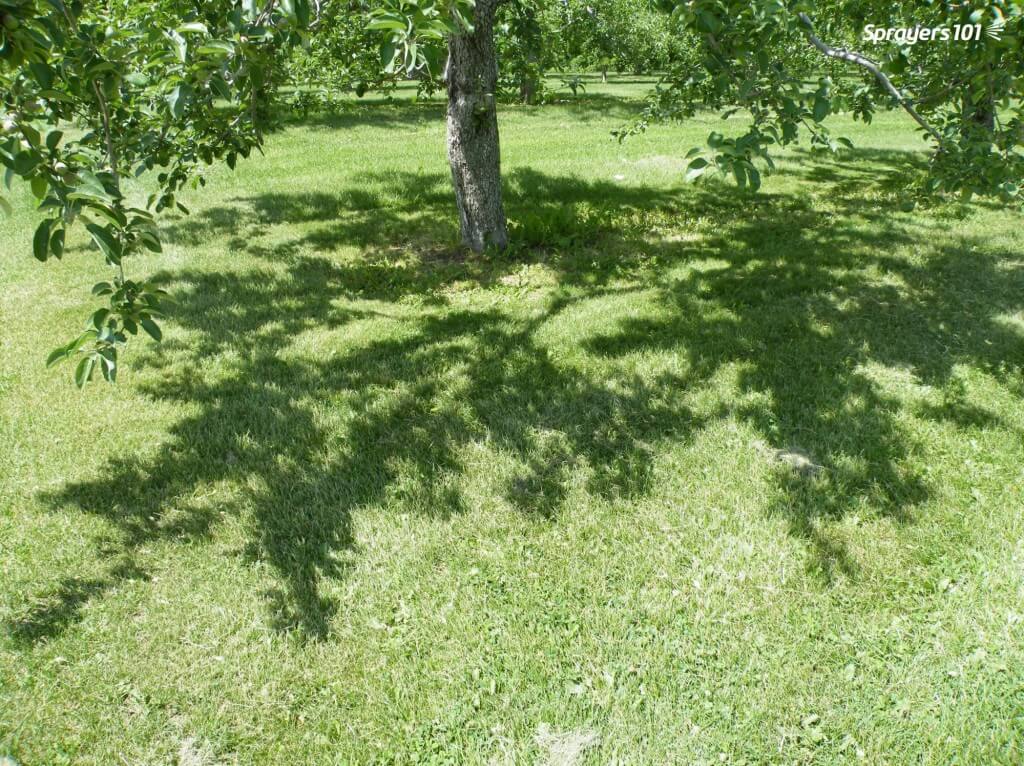
Harvest is mostly done and growers want to hear what we’ve learned and what’s coming next. Lecture season is upon us once again. In 2021 we’re still finding our way through virtual conferences and hybrid models, but I like to think we’re slowly returning to the in-person format. Just last week I gave my first […]



